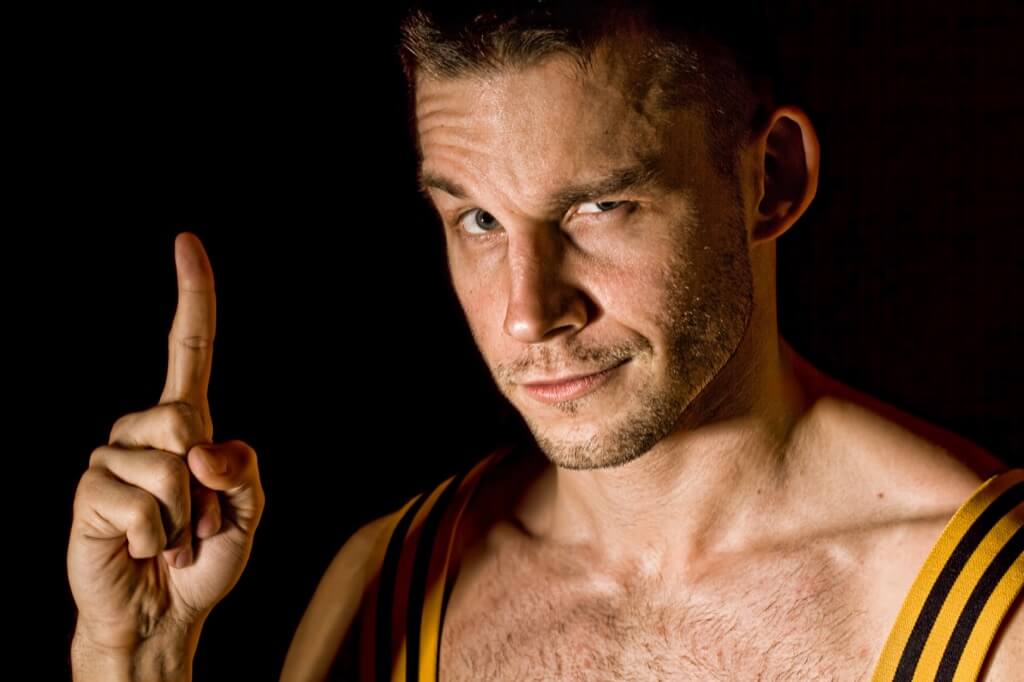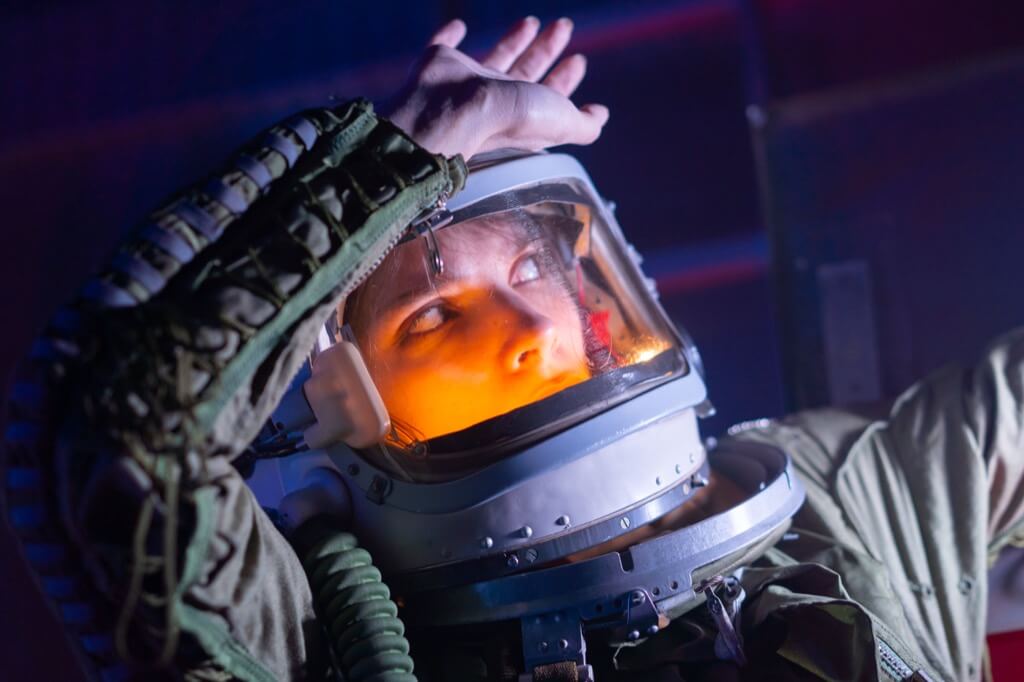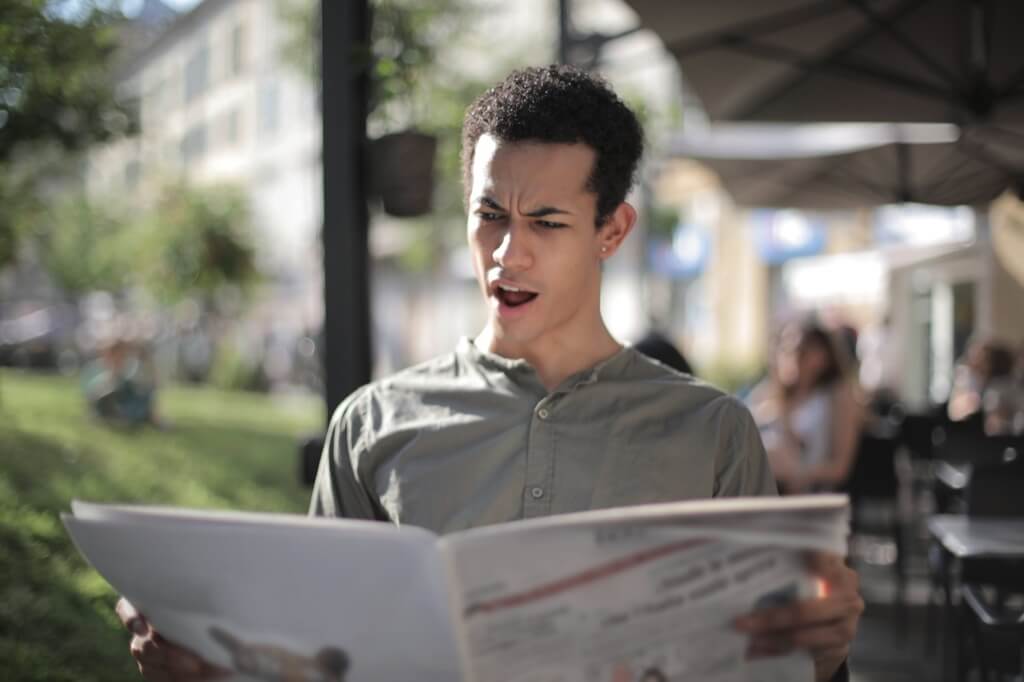Vladimir Putin, the President of the Russian Federation, is known for his distinctive walking style that has piqued curiosity and speculation. While there isn’t a universally correct way to walk, most people synchronize their arm swings with their leg movements, maintaining a balance between the left and right sides of their bodies. However, Putin stands out due to his unique gait.
Unlike the typical walking pattern, Putin’s left arm swings freely forward in tandem with his right leg, while his right arm remains largely stationary, hugging his body throughout the stride. This unusual walking style has raised questions, with some speculating that it could be linked to a neurological condition, such as Parkinson’s disease, Erb’s palsy, or a minor stroke.
However, these theories seem unlikely, as Putin exhibits normal use of his right hand and arm in everyday tasks like writing and eating. Additionally, he proudly boasts about his judo and weightlifting abilities, which require full use of his right arm. Moreover, Putin has maintained this distinctive gait for many years without significant modification.
To shed light on this intriguing phenomenon, a group of doctors, led by movement problem specialist Dr. Bastiaan Bloem, delved into the topic and published their findings in the British Medical Journal in 2015. They proposed a compelling explanation for Putin’s unique gait.
Their research led them to the KGB Alpha Team training manual, which Putin was a part of during his tenure with the Soviet Union’s KGB security service (1975–1991). The manual contained instructions on how to move, emphasizing the importance of keeping one’s weapon close to the body, typically in the right hand or against the chest. The manual suggested turning the left side slightly when moving forward.
Although Putin doesn’t adopt a full crouch or hide his weapon when in public, his walking style closely resembles the instructions from the KGB manual. He may have retained this “gunslinger’s gait” either because it was ingrained during his training or because he finds it aesthetically pleasing.
While the KGB training manual provides a plausible explanation, it’s important to note that this single reference doesn’t offer conclusive proof. However, researchers gained more confidence in their theory by observing similar walking patterns among other Russian military and former KGB officers.
Notably, figures like Prime Minister Dmitry Medvedev, former Defense Ministers Anatoly Serdyukov and Sergei Ivanov, and senior military officer Anatoly Sidorov exhibit similar unique walking styles. Ivanov’s KGB background lends weight to the idea that Putin’s walking style may have originated from KGB training. Even though Medvedev lacks formal ties to the military or intelligence agencies, he has been observed imitating Putin’s signature walk, among other mannerisms, during his time as President, suggesting that it may be a part of his grooming to succeed Putin.
Vladimir Putin, the President of Russia, has long been the subject of curiosity regarding his distinctive walking style. Some have speculated that it may be a sign of Parkinson’s disease, but upon closer examination, a more plausible explanation emerges. Putin’s unique gait appears to be deeply rooted in his KGB training, a characteristic he shares with other Russian officials who exhibit a similar style of walking.
The observation that Putin sometimes appears to limp during public appearances has sparked discussions about his health. However, attributing his gait solely to a health issue may overlook a crucial aspect of his background.
It’s essential to note that Vladimir Putin’s association with the KGB, the Soviet Union’s security service, spans from 1975 to 1991. During this time, he underwent rigorous training that left a lasting imprint on his physical movements. One noteworthy aspect of KGB training was the emphasis on keeping a weapon close to the body, typically in the right hand or against the chest, while slightly turning the left side when moving forward.
This particular training technique, sometimes referred to as a “gunslinger’s gait,” bears a striking resemblance to Putin’s walking style. While he doesn’t fully adopt the crouched posture associated with the KGB training manual, his characteristic arm movement pattern suggests that he has retained elements of this training long after his KGB days.
The presence of other Russian officials exhibiting similar unique walking styles adds depth to this observation. Notably, individuals like Prime Minister Dmitry Medvedev, former Defense Ministers Anatoly Serdyukov and Sergei Ivanov, and senior military officer Anatoly Sidorov share Putin’s distinctive gait. Sergei Ivanov’s background as a former KGB official lends credibility to the notion that Putin’s walking style may indeed be a legacy of their shared training.
However, it’s important to recognize that the influence of KGB training is not limited to those with formal KGB affiliations. Even leaders like Dmitry Medvedev, who lacked such ties, have been observed imitating Putin’s walk and mannerisms. This suggests that Putin’s gait may not only be a personal choice but also a cultural and political symbol within the Russian leadership.
Is Putin’s Limp a Symbol of Authority or Vulnerability?
Vladimir Putin’s unique walking style has long fascinated observers. Beyond the discussion of its origins, an intriguing debate revolves around whether this distinctive gait serves as a symbol of authority or vulnerability for the Russian President. Some argue that it projects an image of strength and control, as it may hark back to his KGB days when maintaining a vigilant posture was crucial. On the other hand, critics suggest that any visible deviation from a typical gait can be perceived as a sign of weakness in the realm of politics, potentially undermining Putin’s image on the global stage.
A Nationalist Perspective
Examining Vladimir Putin’s walking style from a nationalist perspective unveils another layer of analysis. In Russia, where patriotism and national identity are deeply ingrained, some view Putin’s distinctive gait as a reflection of his commitment to Russian traditions and values. They argue that his walk is a conscious rejection of Western norms, symbolizing a steadfast adherence to Russian authenticity. However, critics counter that Putin’s walking style can be seen as an outdated attempt to portray Russia’s past glory, potentially hindering the country’s progress in a rapidly changing world.
Psychological Impact of Putin’s Walk
The psychological impact of Putin’s walking style on public opinion is a fascinating and contentious topic. While some argue that his unique gait may enhance his aura of mystery and intrigue, others suggest it could generate confusion or concern among both domestic and international audiences.
Putin’s Gait in the Age of Digital Media
In the era of digital media and social networking, Vladimir Putin’s walking style has become a subject of internet memes, jokes, and speculation. This topic delves into the viral spread of images, videos, and memes related to Putin’s walk and the impact of online discourse on shaping public perceptions of his leadership. Some argue that these online discussions trivialize a serious matter, while others contend that they foster transparency and accountability by encouraging open dialogue about political figures and their physical characteristics.
Examining how world leaders perceive Vladimir Putin’s walking style provides an intriguing lens through which to view international diplomacy and geopolitics. While some leaders may see his gait as an enigmatic attribute that requires careful consideration in negotiations, others might dismiss it as an inconsequential detail.
Vladimir Putin’s distinctive walking style goes beyond mere physical movement; it is a multifaceted symbol that carries political, cultural, and psychological significance.
Whether it is seen as a display of strength or vulnerability, a reflection of national identity an outdated attempt to preserve tradition, or a subject of internet humor or serious global consideration, Putin’s gait has become an integral part of his public image.




